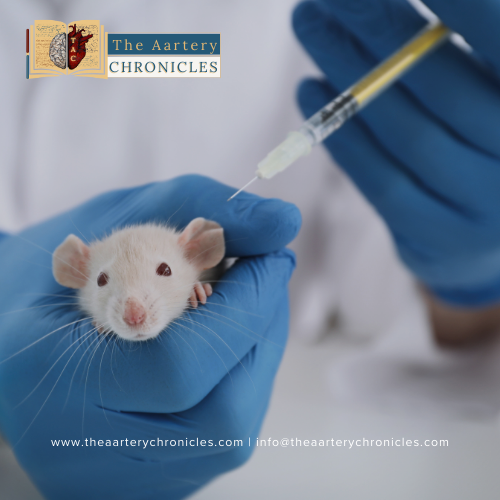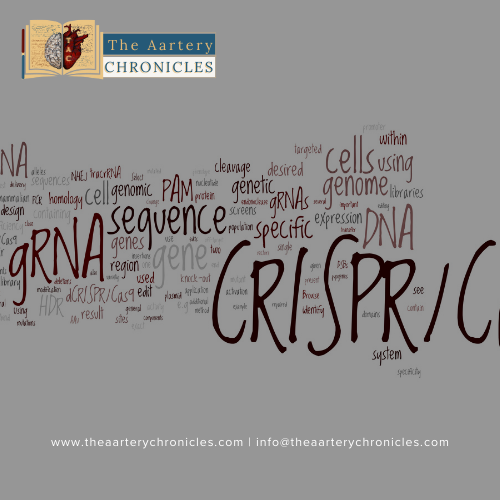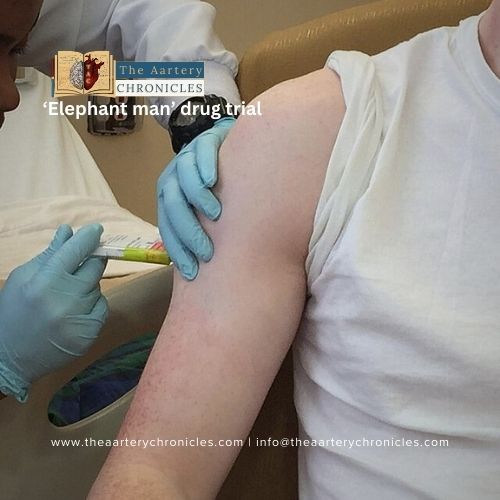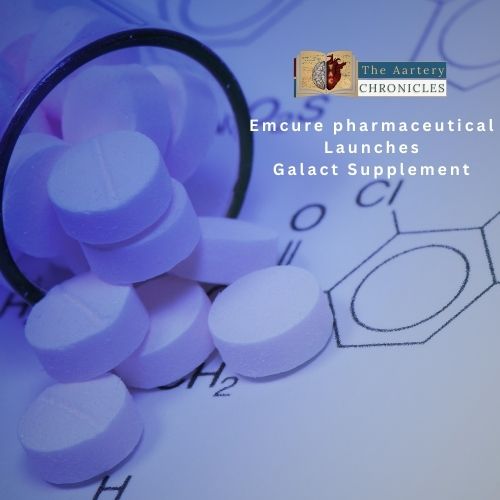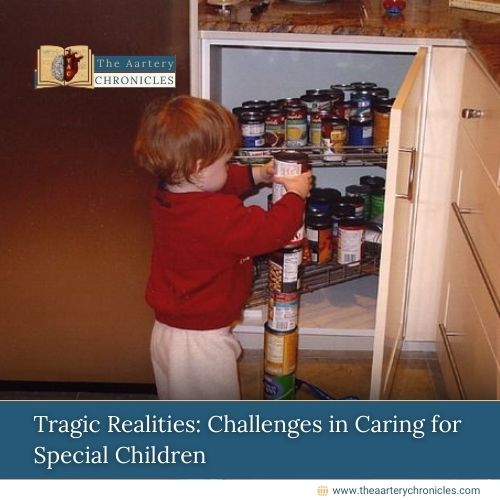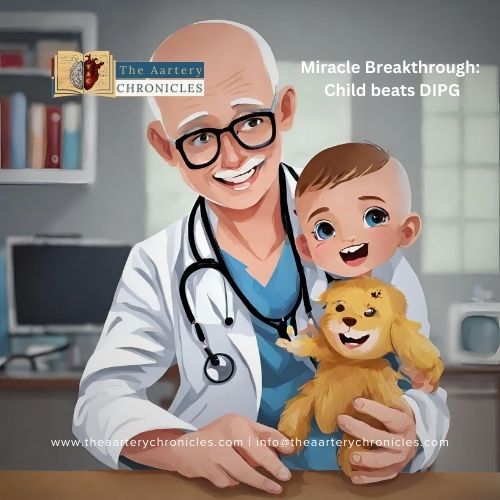
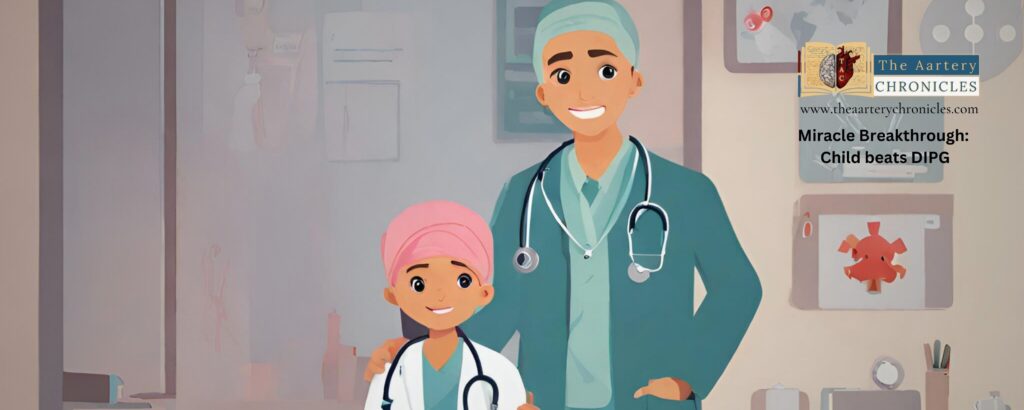
Miracle Breakthrough: Lucas, the World's First Child to Beat DIPG
Lucas, a 13-year-old from Belgium, has become the first child globally to overcome diffuse intrinsic pontine glioma (DIPG). Diagnosed at the tender age of six, Lucas’s journey began with the heartbreaking news delivered by physicians to his parents. Years later, positivity has sprung.
Dr. Jacques Grill, the head of the brain tumor program at the Gustave Roussy cancer hospital in Paris and Lucas’s treating physician, hails this achievement as breaking all odds. DIPG, known for its aggressiveness and limited treatment options, impacts around 300 children in the United States and 100 in France annually.
Lucas participated in the BIOMEDE trial in France, where he positively responded to the test drug Everolimus, resulting in the complete disappearance of his tumor, as evidenced by a series of MRI scans. The unique aspect of Lucas’s case is that, unlike others in the trial who survived, his tumor vanished entirely.
While the medical community celebrates this success, the full reasons behind Lucas’s recovery and its potential implications for other children remain to be fully grasped. Dr. Grill proposes that a rare mutation in Lucas’s tumor made its cells particularly responsive to the drug. This groundbreaking case injects hope into the ongoing battle against DIPG, a cancer notorious for its limited treatment options and grim prognosis for most children.
What is Diffuse intrinsic pontine glioma (DIPG) ?
Diffuse intrinsic pontine glioma or DIPG is a rare tumor primarily affecting children, forming in the brain stem’s specific area known as the pons. This tumor spreads across various brain stem parts and surrounding tissues, presenting a significant challenge due to its poor prognosis and limited treatment options.
Pons: Situated at the brain’s base, the pons is a crucial part of the central nervous system responsible for coordinating essential bodily processes such as breathing, heart rate, sleep patterns, balance, and bladder control. It achieves this by sending signals to the spinal cord and other parts of the body.
How Common is DIPG ?
Brain tumors in children under the age of 15 currently stand as the most common cancer and the primary cause of cancer-related deaths within this age group. Constituting approximately 25% of all pediatric malignancies, they represent the predominant form of solid tumors affecting children
Brainstem gliomas affect around 300 children in the US, being the leading cause of death for children with brain tumors. DIPG constitutes 75–80% of all pediatric brainstem tumors, making it the most prevalent type. The incidence is one to two cases per 100,000.
What are the Signs and Symptoms of DIPG ?
Common symptoms include:
- Issues with balance and walking
- Problems with speech
- Eye problems including blurred vision, drooping eyelids, abnormal eye movements
- Difficulty swallowing and chewing
- Facial weakness, morning headache and vomits
These symptoms highlight the diverse neurological effects that DIPG can have on affected individuals. If these signs are observed, prompt medical attention and diagnostic evaluation are crucial for timely intervention.
How is DIPG Diagnosed?
Diagnosis of Diffuse Intrinsic Pontine Glioma (DIPG) typically relies on symptom presentation and a magnetic resonance imaging (MRI) examination. Given the rapid growth of these tumors, most patients tend to experience a swift onset of symptoms, emphasizing the importance of prompt and thorough diagnostic evaluations.
What are the Treatment options for DIPG?
Treatment options for brain tumors vary depending on the tumor grade and the individual’s disease progression. Common approaches recommended by physicians include
- Chemotherapy
- Radiation therapy
- Surgery
- Immunotherapy
- Proton Beam Radiation
- Intra-Arterial Chemotherapy
These diverse treatment modalities are tailored to the specific characteristics of the tumor and the overall condition of the patient.
Source: Inputs from various media Sources
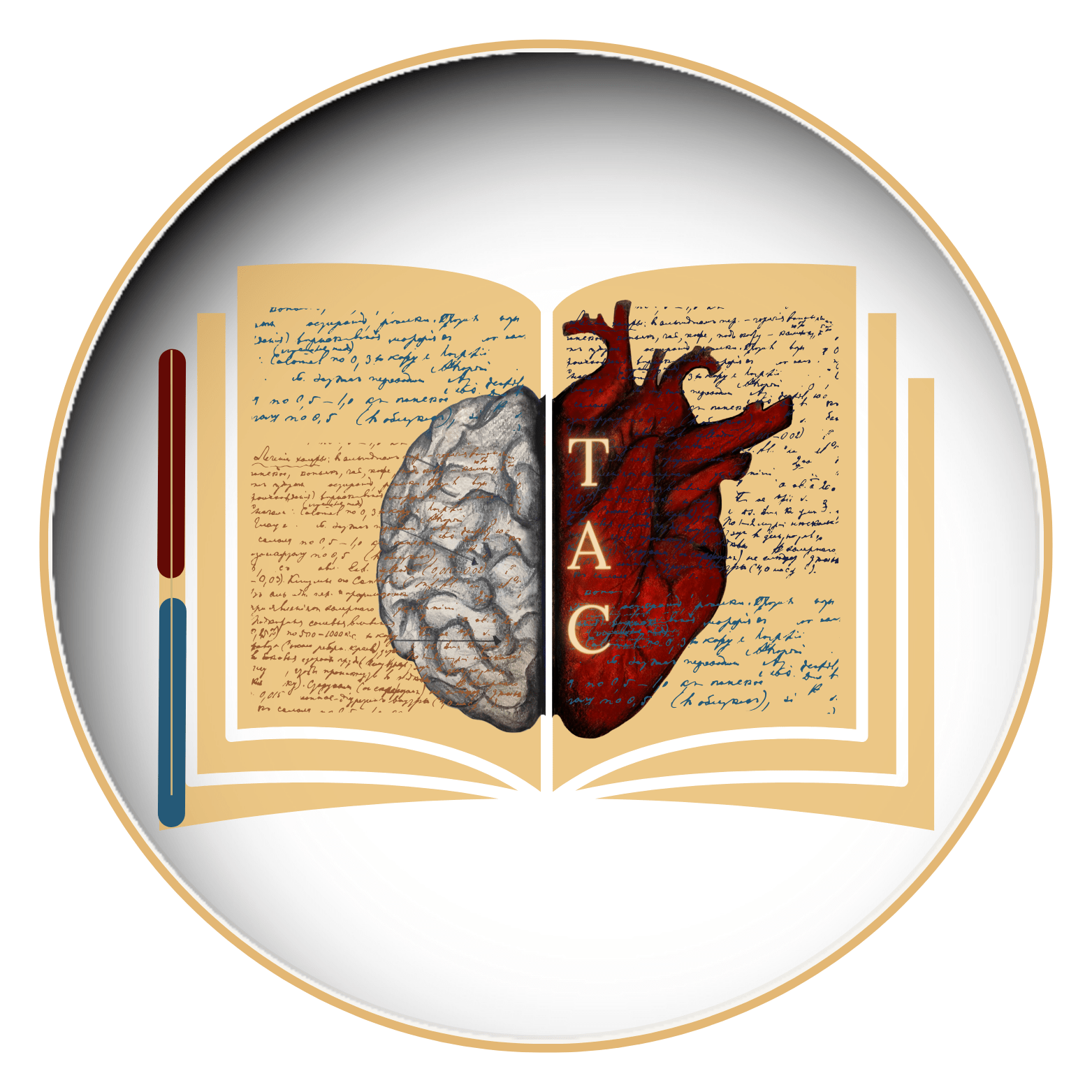
Priya Bairagi
- Medicine and Diseases
- Nutrition and Diet
Lorem ipsum dolor sit amet, consectetur adipiscing elit. Ut elit tellus, luctus nec ullamcorper mattis, pulvinar dapibus leo.






